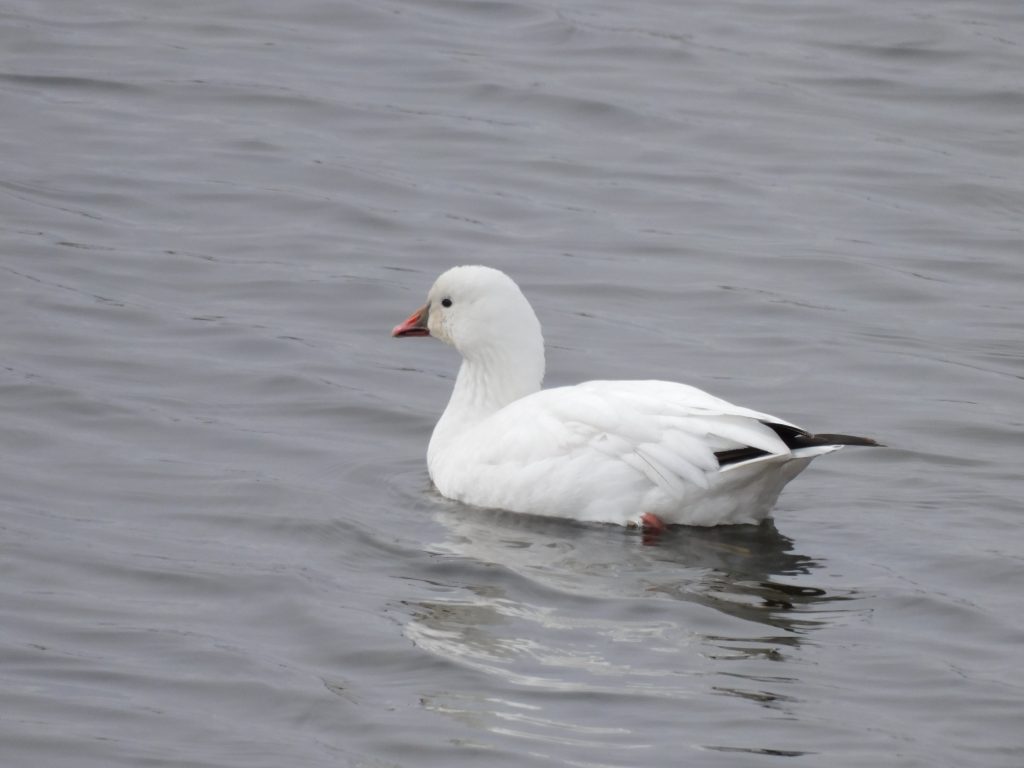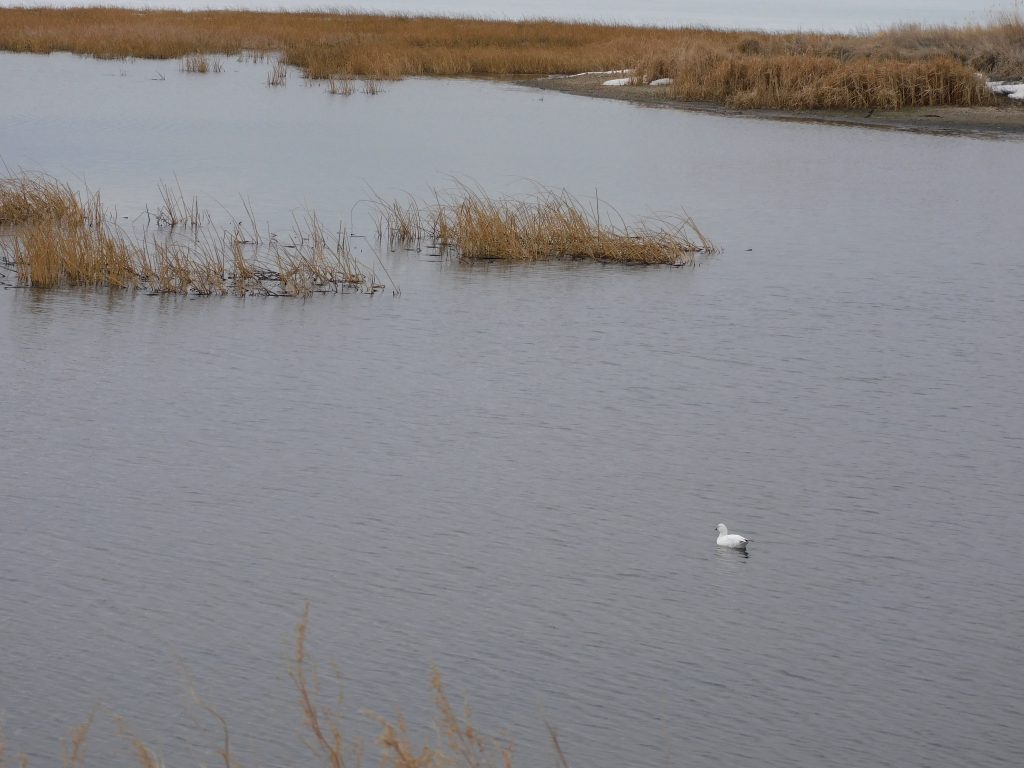

BISMARCK — The annual spectacle of the spring waterfowl migration is underway in North Dakota, leaving dead and dying birds in its wake. It wasn’t unexpected but is nevertheless receiving close attention.
In North Dakota all poultry shows, public sales, and exhibitions have been cancelled due to the danger of unwillingly spreading highly pathogenic avian influenza, or HPAI. In Cass, Lamoure, Dickey, and Kidder Counties flocks of turkeys and chickens have had to be destroyed. In neighboring South Dakota 85,000 birds have been euthanized at two factory farms.
“It seems to be more in the eastern part of the state,” said Charlie Bahnson, North Dakota Game and Fish Department veterinarian. “Hopefully, as the waterfowl migrate through, it will kind of fizzle out.”
HPAI is a designation meant for domestic poultry, where it can easily infect great numbers of birds in a short period of time. However, it is also carried by migrating waterfowl, making it very difficult to contain. The highly pathogenic strain of bird flu was identified late last year on the East Coast.
“It’s hard to quantify the total impact,” said Bahnson. “We saw it first in snow geese entering the state a few weeks ago. Dead and dying birds probably numbered in the thousands in eastern North Dakota.”
While thousands is a big number, it is a fraction of the 4-5 million snow geese that migrate through the state each spring. Of greater concern, says Bahnson, is when HPAI is identified in a domestic flock.
“It can be quite devastating in domestic poultry systems,” said Bahnson. “It kills some wild birds, but it is very, very fatal to domestic poultry.”

Game and Fish is relying on help from the public in keeping track of possible bird flu cases in the state. They have a Wildlife Mortality Report form on the front page of the department website. Reporting of possible HPAI in domestic flocks is being tracked by the ND Agriculture Department.
The initial push of the migration is perhaps the most telling. It is the most stressful period of the year for most waterfowl.
“We were seeing birds dropping out of the first part of the migration,” said Mike Szymanski, NDGF migratory bird management supervisor. “Those geese were racing through, just going and going and going. When they got off a resting area we’d see the weaker birds dropping out, left behind.”
Symptoms of HPAI in wild birds includes inability to hold a head up, floundering, having difficulty swimming, or appearing disoriented.
“Birds will show neurological symptoms and be lethargic,” said Szymanski. “We may not know the overall impact for years to come.”
There's another aspect too, dead or dying birds left behind from this year’s migration become a food source for birds of prey.
“We’ve had quite a few instances of dead raptors – eagles, owls, and hawks likely feeding off dead snow goose carcasses,” said Bahnson.
The duck migration follows closely on the end of the goose migration, even overlapping. So far there have been no reports of HPAI in migrating ducks.
“Hopefully, we won’t see anything cropping up with those birds,” said Szymanski. “We’re in the last half of the migration. We may see smaller parts trickling through for a month even.”
Although avian influenza rarely infects humans, state officials are advising people to limit exposure when encountering birds suspected of having HPAI. Those precautions include wearing gloves, washing hands, and cooking meat to an internal temperature of 165 degrees.
